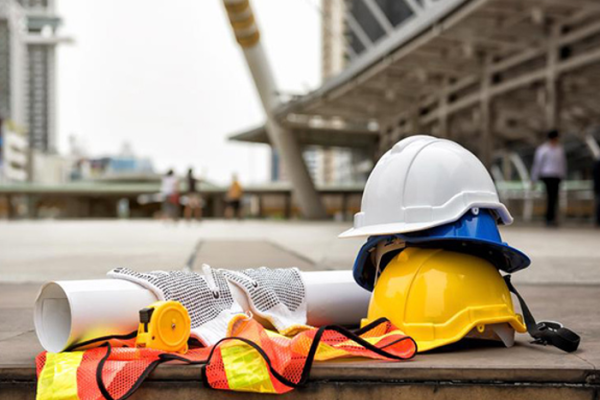A reasonably expensed, long-lasting, sustainable alternative to extensive restoration or removal and rebuilding processes. Full Depth Reclamation (FDR) is really an engineering rehabilitation approach wherein the full depth of the asphalt pavement plus a set part of the properties of the soil (base, backfill and/or subgrade) is evenly crushed and mixed to give an improved, homogeneous material.
The Old Days Of Full Depth Reclamation
Historically, scarifying the asphalt pavement layers on paved highways was the method of choice for doing Full Depth Reclamation, often known as FDR. This was done using rippers that were mounted to motor graders and crawler tractors. The ripping process resulted in the production of massive asphalt pavement blocks, which were later cut down to sizes that were more manageable by using traveling hammer mills (https://en.wikipedia.org/wiki/Hammermill), grid rollers, or other types of equipment of a similar kind.
Mixing Equipment Eases The Manual Process
The introduction of rotary blenders in the 1950s helped improve the size of the asphalt pavement that had been torn before, which led to an increase in production. Mixing equipment rapidly grew larger over time, but asphalt pavement almost always needed to be torn before it could be pulverized by rotary mixers. Rotary mixers were unable to crush an unripped pavement in an effective or efficient manner.
Planing And Reclaimers
The invention and ubiquitous utilization of cold planing machines, as well as the ease with which these machines were removed as fair-sized asphalt pavements, contributed to the emergence of sizable, self-propelled, strong horse-powered reclaimers. These reclaimers are used to retrieve asphalt pavements that have been removed by cold planing machines.
These reclaimers have cutting drums that are specially built and loaded with replacement cutting tools that have tungsten carbide tips. Because of this, the reclaimers are able to pulverize and mix asphalt pavement without first ripping it into enormous pieces. This innovation led in the formation of FDR as it is generally known by greatly increasing output, making it easier to size and mix the asphalt pavement that already existed, and facilitating sizing.
Aiding In Better Roadways
The recycled materials may be enhanced and strengthened by applying mechanical, chemical or bituminous normalization. FDR isn’t just for roadways in poor shape, this is also a realistic design approach, as covered at https://mintekresources.com/solutions/full-depth-reclamation/ for boosting the bearing stability of asphalt in excellent condition.
The complete thickness of the pavement surface plus a predefined amount of both the earth materials (base, subbase, and/or subgrade) are pulverized using a reclaimer during the FDR process. This technique is also known as full-depth recycling. If there is no need for the materials to be stabilized in any way, one single pass is usually all that is necessary to pulverize and combine the components.
A Little About The Process
During the second run of the reclaimer, which is known as the mixing pass, a chemical or bituminous stabilizing agent, if it is used at all, is normally introduced and mixed in. Before moving on to the blending pass, the material that has been pre-pulverized should be shaped and compressed.
After the crushed and mixed material has been blended, the material is bladed and shaped, the moisture is conditioned for compaction, and the material is compressed using a Padfoot, smooth drum, and/or pneumatic-tired compactors. After that, the recovered materials are cut to their final grade and left to cure until they have developed sufficient strength to support the projected volume of foot traffic. Click here for more on the final grade asphalt procedure.

Traffic Affected The Process
As there was no efficient method available at the time, FDR could only be used on highways with low to moderate traffic flow. This since there was no means to pulverize much thicker pavements that are often seen on high-volume routes. However, now that more modern and bigger equipment is available, it is possible to attain deeper depths, and FDR may also be used on highways that see a significant flow of traffic.
There is no upper limit to the volume of traffic that can be expected on a roadway provided that a pavement structure is carried out to compensate for future traffic and that traffic control permits the redirection of traffic upon a pulverized as well as stabilized surface without causing damage to the surface. The pavements of airfields, interstate roads, heavy-duty parking facilities, and industrial yards have all been effectively treated with FDR.
In most cases, FDR has a great deal less of an effect on traffic as compared to removal and replacement. If traffic must be maintained, one-half of the width of the road can be treated while maintaining two-way traffic on the other half of the road using warning signs, lane demarcation devices, flaggers, and/or pilot vehicles. If traffic must be maintained, one-half of the width of the road can be treated. On arterial routes, it is possible to adopt construction sequencing that alternates between working on the outer lanes and the inside lanes.





